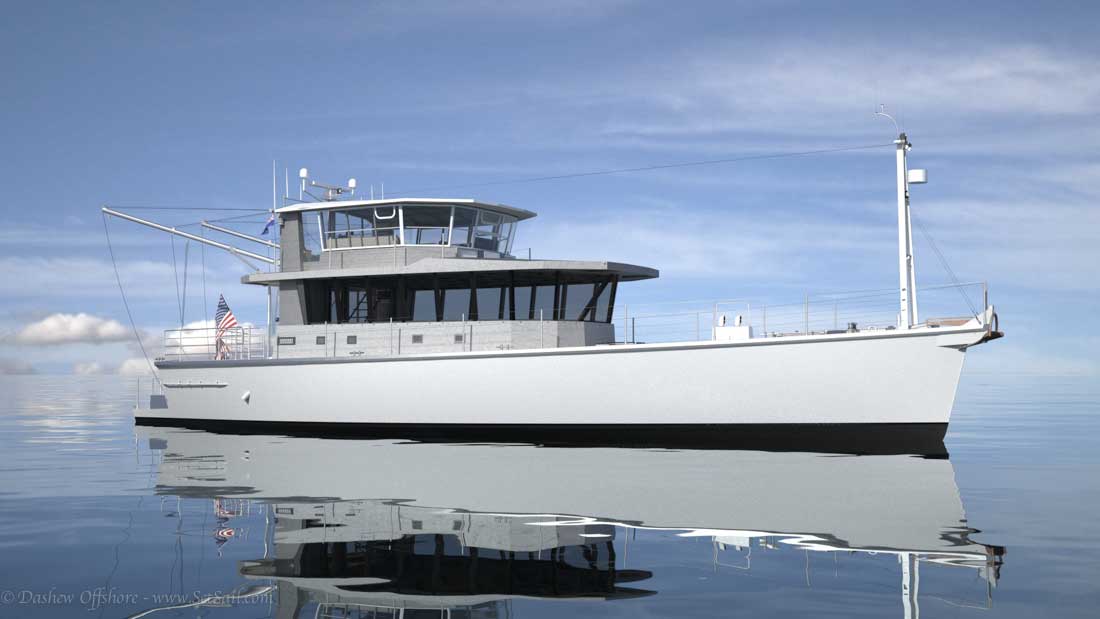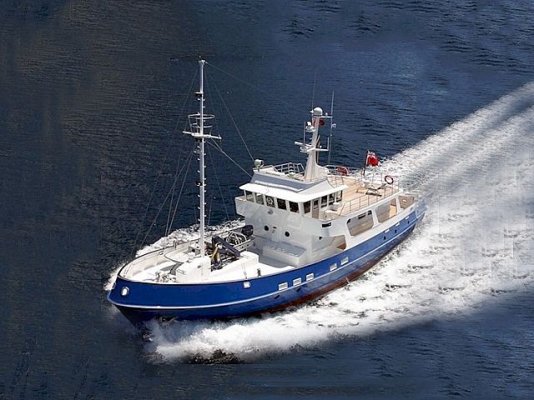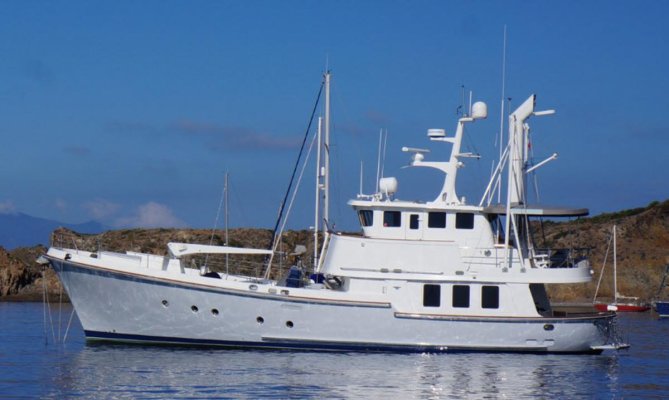Fish Catcher Jim
Senior Member
What choice would you make if you were going to simply go wherever you wanted to go.
Would you pick steel or glass ?
Under 50 feet or larger ?
Fin stablizers or gyro type stablizers.
Talking long range and power
Looking forward to the replies
Jim
Would you pick steel or glass ?
Under 50 feet or larger ?
Fin stablizers or gyro type stablizers.
Talking long range and power
Looking forward to the replies
Jim





